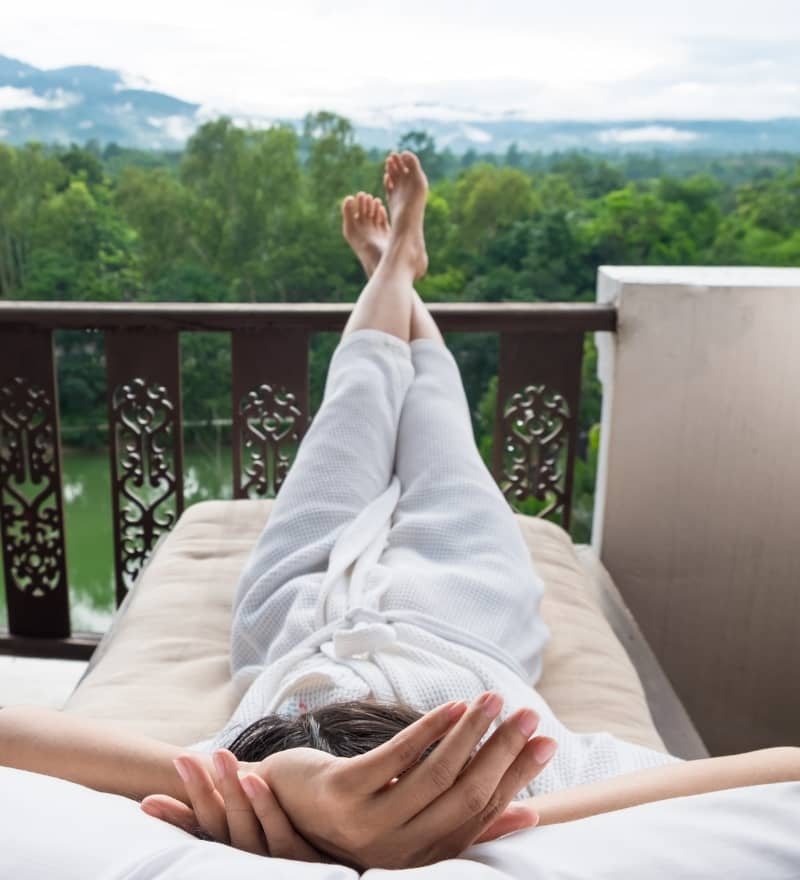Slow living: A new concept of living applied to architecture
Do you know slow living and its incredible lifestyle?
This new concept slow living The new philosophy is to practice your activities with peace of mind, enjoying every moment with a different philosophy, more leisurely, without stress or pressure.
- DAY November 6, 2021
- COMMENTS
RELATED ITEMS
- All
- Real estate investments
- Cancun
- House on the beach
- Decoration
- Design
How do you build tropical climate-resistant houses?
Building resilient homes in the Mexican Caribbean is as stimulating as it is challenging. Read more
SUBSCRIBE TO OUR NEWSLETTER
The "slow living" or slow lifestyle is a cultural trend that reduces the noise we have on a daily basis.
This new "lifestyle" concept is gaining importance among young adults. Slow living is about enjoying every second of our lives. Going back to enjoying the simple things in life such as reading a book, stopping to smell flowers, appreciating nature, leaving for a moment our busy life and start enjoying the present.
This trend proposes to leave a little aside the technology to really be in the place where you are, that is, today it is very common that people involved in their smartphones are very distracted by talking, texting or performing any activity with your device completely forgetting the place where you are physically, to be mentally somewhere else.
The term Slow Living has been transferred to architecture, bringing the most important fundamentals to construction so that people can actually live this way with spaces optimized for this.
The idea is to practice activities calmly to enjoy every moment with a different philosophy, more leisurely, without rushing or stress.

5 keys to put SLOW LIVING into practice
1. Discover your rhythm
Don't get confused, we are not machines, stay away from "doing for the sake of doing". Discover your rhythm, follow it and work at a constant speed, but with healthy pauses, do not do things automatically. Remember to take time to plan, organize and prioritize tasks. Let one task come after the other, but remember the importance of rest.


2. Practice "slow eating".
Make up for meals without the cell phone and television. If you can, eat in the company of others while enjoying interesting conversation. If you don't have company, simply savor the food, chewing well between bites. This way your body will process the signal to satiate your hunger.
3. A moment of relaxation for a moment of stress
Compensate the peaks of work and obligations by relaxing activities such as jogging, yoga, reading, crafts or a trip as a couple. Look for hobbies that invite you to rest and reflection. Give your mind a break and disconnect after a period of stress.


4. Extra love and care
Have you heard of "slow beauty"? This practice invites us, for example, to comply with the daily ritual of cleansing and moisturizing our face before going to bed. Or not to forget to drink two liters of water a day, to eat the recommended 5 daily servings of fruits and vegetables and to treat yourself to a massage from time to time.
5. Contact with nature
It has been proven that in urban environments anxiety and stress levels rise. It is a pathology called "nature deficit disorder". But we can curb this effect by going for a walk in green areas or exercising in natural environments. In fact, water and vegetation are great examples of the slow life.

Slow Living or "Slow Life" could have a different meaning for each person, the real essence is to enjoy every moment of your life, while for some people it is to enjoy every moment of your life, while for others it is to enjoy every moment of your life, while for others it is to enjoy every moment of your life. Slow Living is spending long Sunday mornings in bed, for others it might as well be waking up at dawn and starting the day on the bike.
A home should be the reflection of our thoughts, Slow Living is more a way of thinking than a lifestyle, this applied trend has coined the term "Slow Living". Slow Home.
Architecture under this concept is about, through spaces, understanding life and relating to nature, as well as understanding oneself in order to live in harmony with the people around you.
Characteristics of a Slow Home
The main factor that makes a home a "home of the future" is the Slow Home is how it has been designed and built.
Special attention must be paid to its impact on the environment, so it must be built in a place that does not harm the environment. The materials and construction systems are also important, they must be sustainable and non-polluting.
Construction
The main factor that makes a home a "home of the future" is the Slow Home is how it has been designed and built.
Special attention must be paid to its impact on the environment, so it must be built in a place that does not harm the environment. The materials and construction systems are also important, they must be sustainable and non-polluting.
Interior design
A Slow Home not only focuses on how it has been built, but also influences its interior design, which aims to create a living space with an atmosphere of peace and tranquility.
Some keys to make the interior of your home look like that of a Slow Home is to prioritize the needs of the tenants, avoid useless objects and spaces, opt for spacious and bright rooms and focus on energy efficiency.
As far as decoration is concerned, it requires that its spaces have minimalist style decoration, a palette of light and neutral colors, natural plants and handmade, recycled, reused or upcycling design objects.
What materials do you use in the design of Slow Home?
This style seeks to create spaces with a lot of life. It uses natural materials (wood, marble, stone, etc.) and introduces plants inside the house to connect with nature and fill the home with positive energy.
Look for the proper orientation of the house. Windows should receive enough sunlight to illuminate the interior and allow adequate air renewal to ensure air quality. Take advantage of cross ventilation and solar radiation to facilitate cooling and natural heating. This design helps reduce energy consumption emissions by taking advantage of natural sources. It uses open spaces connected to the exterior and neutral tones to create a more harmonious and comfortable interior.
These are the keys to a Slow Home, and at iBrokers we encourage you to put into practice those that are in your hand. Start a Slow Life full of harmony and care for the environment.



